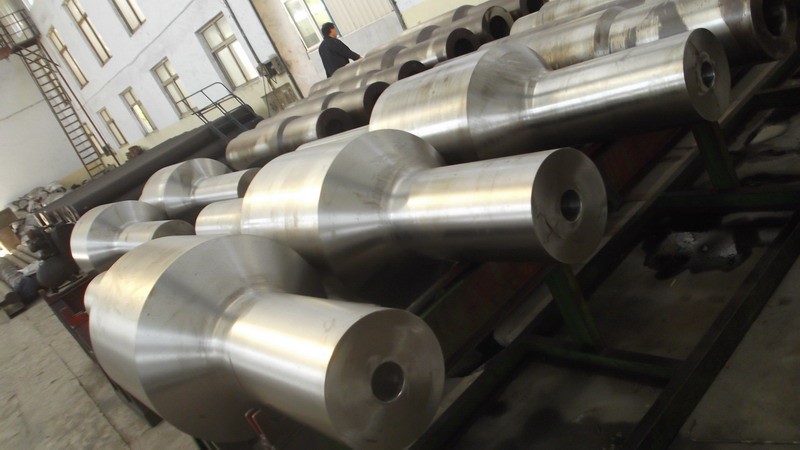4145H is a low-alloy high-strength steel that incorporates various alloying elements. Its strengthening mechanisms can be categorized into solid solution strengthening, interface strengthening, dispersion strengthening, precipitation strengthening, and grain refinement strengthening. Among these, the most significant in steel materials are solid solution strengthening and precipitation strengthening.
Solid Solution Strengthening
Solid solution strengthening occurs when alloying elements dissolve into the matrix phase to form a solid solution. The difference in atomic radii and lattice distortion caused by these elements increases resistance to dislocation movement, making slip deformation more difficult. This results in higher strength and hardness of the alloy. The phenomenon of strengthening a metal by dissolving solute atoms to form a solid solution is known as solid solution strengthening.
Precipitation Strengthening
Precipitation strengthening refers to the hardening process in which solute atoms in a supersaturated solid solution form clusters or precipitate as fine particles dispersed in the matrix. In alloy steels, this process often occurs during tempering. After quenching, the supersaturated martensite undergoes tempering, where elevated temperatures cause the alloying elements and carbon to precipitate. These precipitates restrict dislocation movement during plastic deformation, significantly enhancing the material’s yield strength.
Grain Refinement Strengthening
Grain refinement strengthening is the phenomenon where the strength and hardness of a material increase, and its plasticity and toughness improve as the grain size decreases. Refining grain size simultaneously enhances strength and improves the toughness and plasticity of steel, making it an effective strengthening method. Common techniques for grain refinement include:
⒈Increasing undercooling during crystallization.
2. Modifying treatment to promote nucleation.
3. Using vibration and stirring to increase nucleation rates.
4. Controlling deformation and annealing temperatures in cold-worked metals.
5. Applying heat treatments such as normalizing and annealing.
6. Adding strong carbide-forming elements to the steel.
Post time: Feb-21-2025





